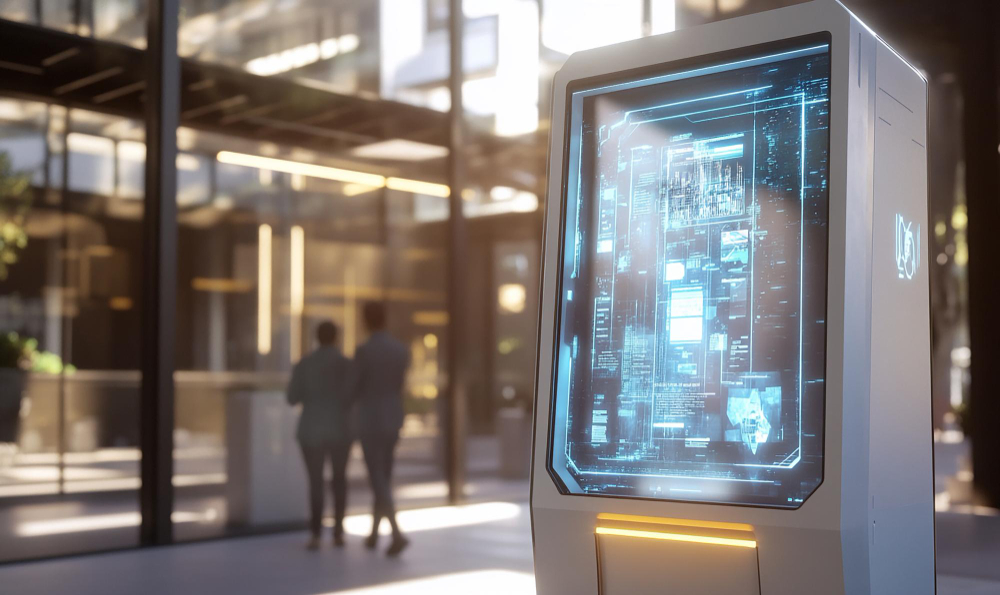Smart buildings are contemporary structures that use technology-driven intelligence to collect data from multiple interconnected sources, sensors, and systems. So, when smart buildings exemplify intelligence in various areas, why not security? This is precisely where entrance automation fits in. It is crucial in securing smart buildings and making them safer and more efficient habitats.
Overviewing the Role of Entrance Automation in Smart Building – 7 Benefits
Entrance automation can truly enhance the living experience in a smart building. Here are five ways through which these doors make it possible.
1. Enhanced Security
Entrance automation fundamentally serves the security aspect. It integrates advanced control systems like keycards, biometric scanners, mobile-driven access, etc., allowing only authorized people to enter specific building areas. Additionally, you can link them with surveillance systems that provide real-time information and updates about unusual movements, actions, unauthorized access attempts, etc. So, in case someone tries to trespass,
2. Increased Energy Efficiency
Another advantage of automated doors is increased energy efficiency. Automated doors help maintain interior temperatures by reducing the time the doors remain open. Thus, they minimize the loss of air, decreasing the effort and energy required to maintain the right room temperatures.
3. Emergency Responses
Furthermore, automated systems can be programmed to operate to expedite emergency responses. For instance, in case of a security breach or fire, the doors unlock or lock guiding people out of the building.
4. Reduced Physical Contact
The spread of COVID-19 through touch emphasized the significance of integrating automated systems across various setups. Entrance automation is one of those areas. Automated doors reduce the need for physical contact with surfaces, minimizing the spread of germs and viruses. In smart buildings where automation drives efficiency and safety, entrance automation can thus play a crucial role.
5. Accessibility
Smart building isn’t merely about efficiency but also about promoting an inclusive environment. These doors enhance accessibility for all users, including those with disabilities or movement restrictions. While simplifying entry and exit, it also enables seamless movements for authorized residents and visitors.
Furthermore, in heavy traffic areas and during heavy footfalls, automating doors can reduce the stress on security personnel, freeing up their bandwidth to focus on other safety and security aspects of the premises.
6. Improved Aesthetics
Smart buildings also exemplify design elegance and aesthetics. Each element is seamlessly blended to make it more stylish and visually attractive. Automated entrances can be designed and personalized to complement the structure’s aesthetic elements like interiors, brand colors, etc. These come in various materials, finishes, styles, etc. to suit the building’s overall theme. So,
7. Enhanced Operational Efficiency
Automating entrance helps reduce manual security effort and intervention. It can increase the overall operational efficiency of the building, helping manage security more efficiently. Furthermore, while saving time, it can also help reduce staff requirements, reducing operational costs significantly.
Final Words
Entrance automation can revolutionize smart buildings, making them safer and more efficient. If you are a smart building administrator looking to manage your premise more seamlessly and make it safer, DAccess’s entrance automation systems can serve the purpose. One of the leading providers of automated entrance doors, we focus on quality, efficiency, aesthetics, and meeting the specific expectations of our customers. Please email us at info@daccess.co.in to connect with our experts and navigate our expertise.

